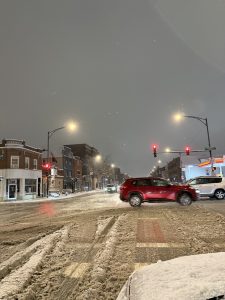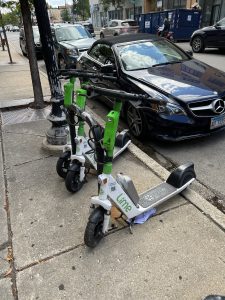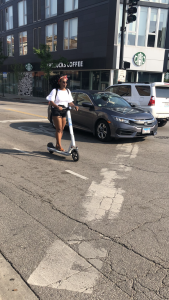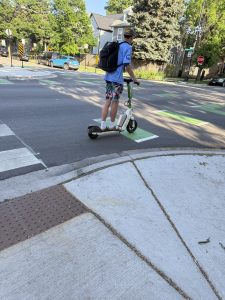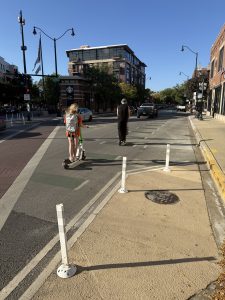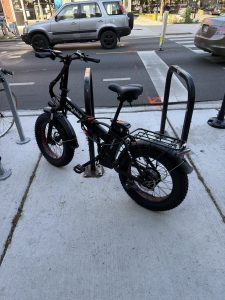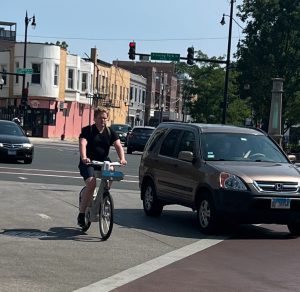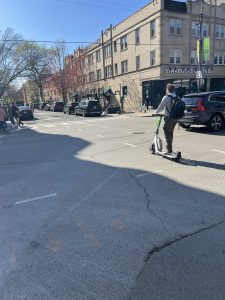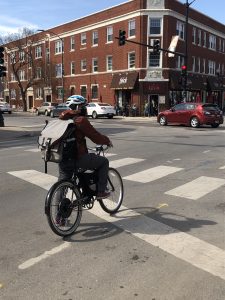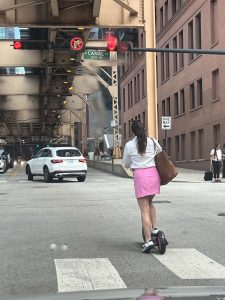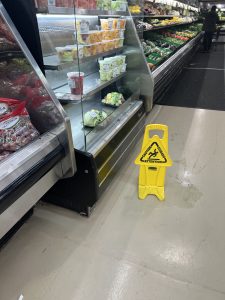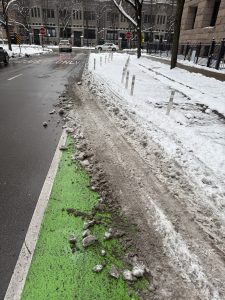
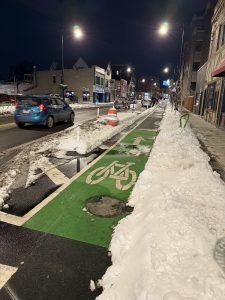
Chicago has made major investments in bike lanes—especially protected lanes designed to separate cyclists from vehicle traffic. These projects aim to reduce crashes, improve safety, and encourage alternative transportation. But as winter sets in, a serious question remains:
If Chicago expects people to keep biking in winter, are the bike lanes being kept safe enough to actually use?
At Zneimer & Zneimer, P.C., we represent injured cyclists and drivers alike. Winter biking highlights a growing conflict between safety, infrastructure, and real-world conditions on Chicago streets.
 Chicago Accident Lawyer Blog
Chicago Accident Lawyer Blog



